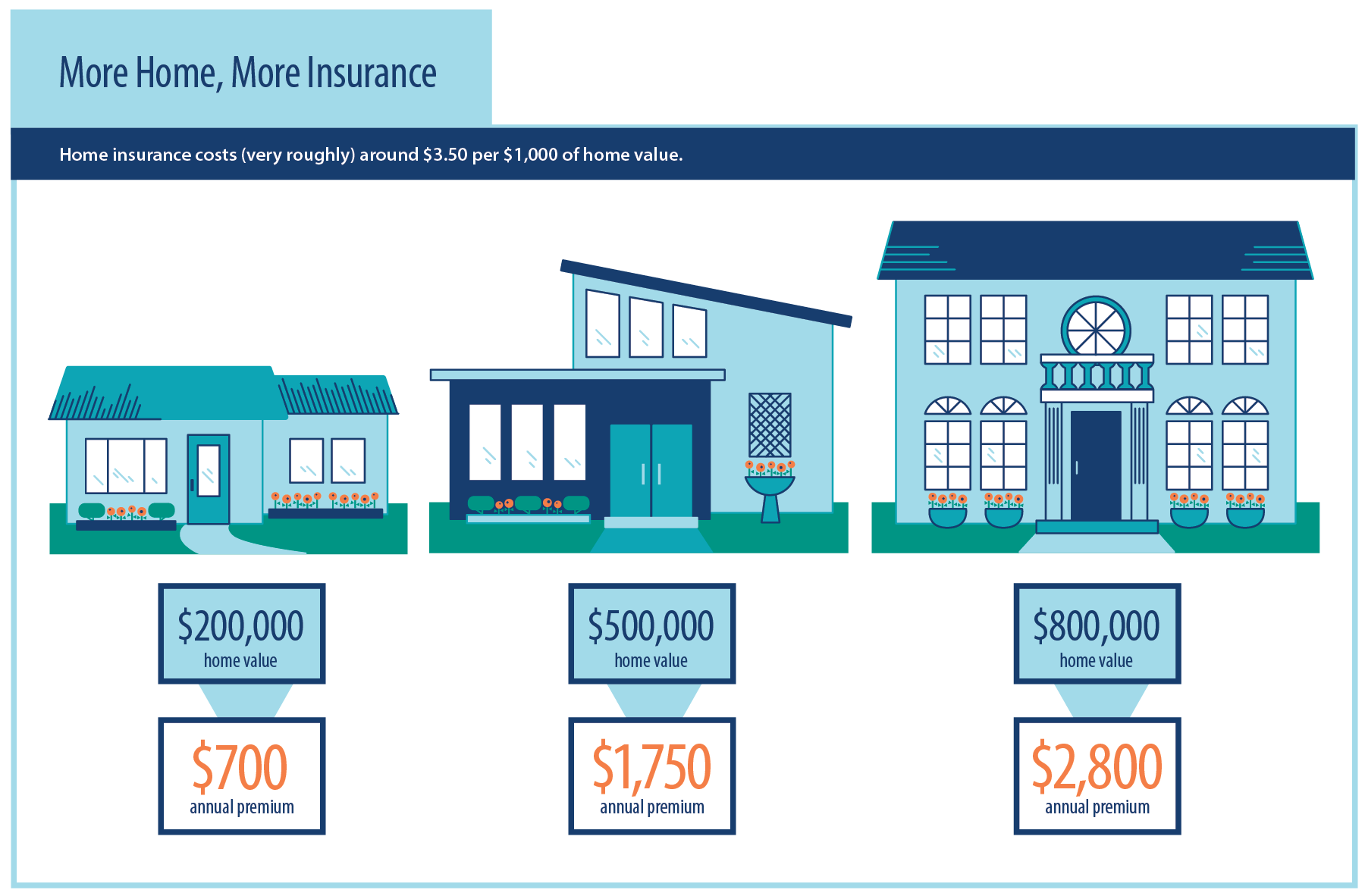For the exact same policy, a single 55-year-old woman can anticipate to pay an average of $2,700 a year (How much is health insurance). The average combined premiums for a 55-year-old couple, each buying that quantity of protection, are $3,050 a year. A caveat: The price might increase after you purchase a policy; costs are not ensured to remain the same over your life time. Numerous policyholders saw spikes in their rates in the last a number of years after insurer asked state regulators for approval to trek premiums. They were able to justify rate increases since the cost of claims general were higher than they had predicted.
Long-lasting care insurance can have some tax advantages if you detail deductions, particularly as you age. The federal and some state tax codes let you count part or all of http://dantelrei618.bearsfanteamshop.com/things-about-what-is-long-term-care-insurance long-term care insurance premiums as medical expenses, which are tax deductible if they fulfill a particular limit. The limits for the quantity of premiums you can subtract boost with your age. Just premiums for "tax-qualified" long-lasting care insurance coverage policies count as medical expenditures. Such policies must satisfy certain federal standards and be identified as tax-qualified. Ask your insurance coverage business whether a policy is tax-qualified if you're unsure. You can buy straight from an insurer or through a representative.
Some employers provide the chance to purchase coverage from their brokers at group rates. Typically when you buy coverage by doing this, you'll need to answer some health concerns, but it might be much easier to qualify than if you purchase it by yourself. Get quotes from numerous business for the very same coverage to compare rates. That holds real even if you're used an offer at work; in spite of the group discount, you might find better rates in other places. The American Association for Long-Term Care Insurance coverage recommends working with a knowledgeable long-lasting care insurance coverage representative who can sell items from at least 3 providers.
Most states have "collaboration" programs with long-term care insurance provider to encourage people to plan for long-term care. Here's how it works: The insurance companies agree to provide policies that fulfill specific quality requirements, such as offering cost-of-living adjustments for benefits to secure versus inflation. In return for buying a "collaboration policy," you can safeguard more of your assets if you consume all the long-lasting care advantages and after that desire assistance through Medicaid. Normally in most states, for circumstances, a bachelor would have to invest down properties to $2,000 to be eligible for Medicaid. If you have a partnership long-term care strategy, you can certify for Medicaid sooner. How much is flood insurance.

To learn whether your state has a long-lasting care partnership program, check with your state's insurance coverage department. As you make a long-range monetary strategy, the prospective cost of long-term care is one of the essential things you'll wish to think about. Talk with a monetary advisor about whether purchasing long-term care insurance coverage is the very best option for you. Barbara Marquand is a staff writer at Geek, Wallet, a personal finance website. Email: [e-mail secured] Twitter: @barbaramarquand. This post was upgraded on May 28, 2019.
Long-lasting care (LTC) insurance is protection that provides nursing-home care, home-health care, and personal or adult day care for people age 65 or older or with a persistent or disabling condition that requires continuous supervision. LTC insurance uses more versatility and alternatives than lots of public help programs, such as Medicaid. Long-term care insurance usually covers all or part of nursing home and in-home care for people 65 or older or with a chronic condition that needs continuous care. It is personal insurance offered to anybody who can pay for to spend for it. Long-lasting care insurance coverage uses more versatility and options than Medicaid.
About When Is Open Enrollment For Health Insurance
Otherwise, long-term care expenses would quickly deplete the cost savings of an individual and/or their family. While the costs of long-term care vary by area, it is usually very expensive. In 2019, for example, the typical cost of a personal space in an experienced nursing center or assisted living home was $102,200 a year, according to a report on long-lasting care by Genworth. A house health assistant costs an average of $52,624 each year. In the United States, Medicaid offers for low-income people or those who invest down cost savings and financial investments due to the fact that of care and exhaust their assets. Each state has its own guidelines and eligibility requirements.
Your home, vehicle, personal belongings, or cost savings for funeral service expenditures do not count as possessions. Long-lasting care insurance generally covers all or part of assisted living centers and at home care. Medicaid rarely does. Full home care protection is a choice with long-lasting care insurance. It will cover expenses for a visiting or live-in caretaker, companion, housekeeper, therapist or private-duty nurse up to seven days a week, 24 hours per day, approximately the policy advantage maximum. The majority of long-term care policies will cover only a particular dollar amount for each day you invest in a nursing center or for each home-care see.
Many professionals recommend searching for long-term care insurance between the ages of 45 and 55, as part of a total retirement strategy to safeguard possessions from the high expenses and concerns of prolonged healthcare. Long-lasting care insurance is also less expensive if you purchase it younger. In 2020, the average yearly premium for a couple, both 55-years-old, is $3,050, according to the American Association for Long-Term Care Insurance. Long-term care insurance coverage premiums can be tax deductible if the policy is tax-qualified and the insurance policy holder makes a list of tax reductions, amongst other factors. Normally, business that pay long-term care premiums for a worker can deduct them as an organization expense.
So weigh your alternatives carefully. Due to the high expense of this item, a number of alternative methods of paying for health needs in later years have come on the marketplace. They include important disease insurance and annuities with long-lasting care riders. Analyze what would make the many sense for you and your familyespecially if you're a couple with a considerable age or health distinction that could affect your lives going forward. If you do not have a monetary consultant, this might be a reason to employ one who specializes in eldercare issues to work through these issues with you.
As conventional LTC insurance coverage sputters, another policy is taking off: whole life insurance that you can draw from for long-lasting care. Unlike the older variety of LTC insurance coverage, these "hybrid" policies will return money to your heirs even if you do not wind up needing long-term care. You do not run standard policies' danger of a rate walking, due to the fact that you lock in your premium upfront. If you're older or have health issue, you might be more most likely to qualify, says Stephen Forman, senior vice president of Long Term Care Associates, an insurance firm in Bellevue, Wash. If all you desire is cost-efficient coverage even if that suggests nothing back if you never ever need help conventional LTC insurance coverage has the edge.
